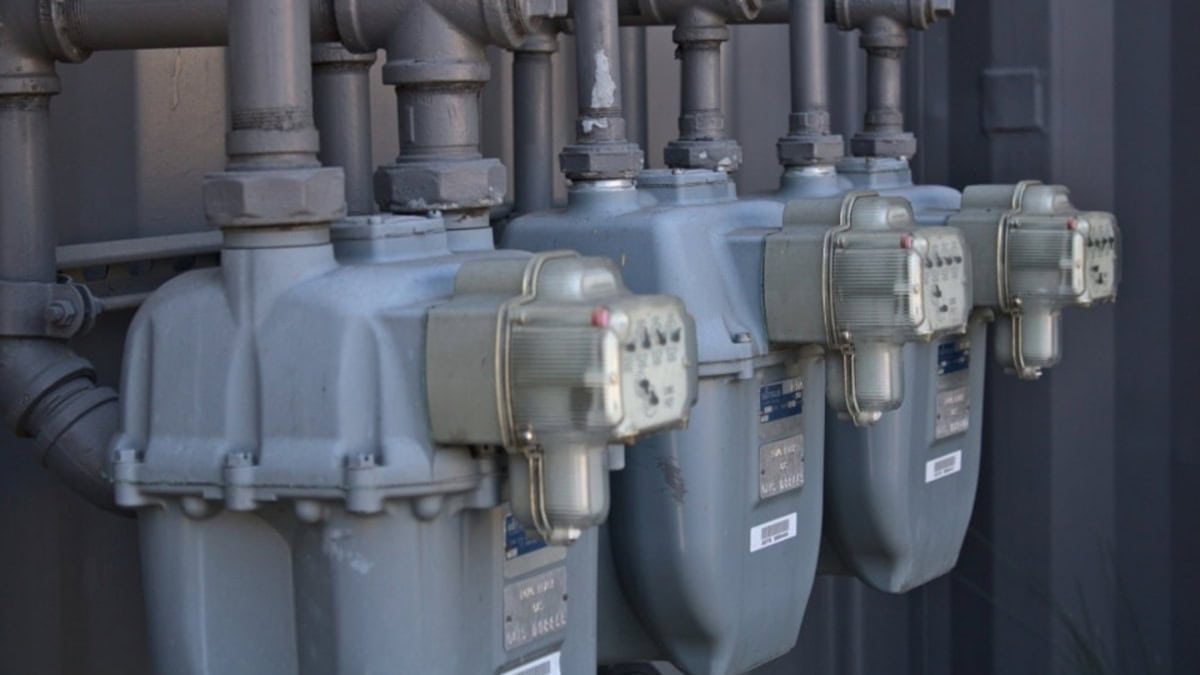
The federal government has decided to lift the ban on new gas connections in Pakistan. Applicants will now pay at imported LNG rates, currently around Rs3900 per million British thermal unit (mmBtu), and face a higher connection fee.
The Petroleum Division has sent a summary to the federal cabinet, targeting 120,000 new connections in the first year. Applicants who already received demand notices or paid urgent fees will get priority. Nearly 250,000 consumers fall into this group. They must file affidavits confirming they will not approach courts over past claims and fee hikes.
Earlier, people could pay Rs25000 to secure a priority connection, while the normal fee was Rs5000-7500. LNG-based connections cost Rs15000. Now, the fee will rise to Rs40000-50000.
Over 3.5 million applications are pending with Sui Northern and Sui Southern gas companies. While new connections give firms higher returns on pipelines and assets, they also add losses and worsen shortages in winter. SNGPL already provides gas for only 6-9 hours daily in Lahore and nearby cities. From July 1, 2025, fixed charges also jumped by 50 percent, raising consumer bills.
Ban First Imposed in 2009
The ban on new gas connections in Pakistan started in 2009, lifted briefly in 2015, and re-imposed in 2022. Prime Minister Shehbaz Sharif recently expressed displeasure at the delays. Under the new policy, households will pay LNG-based tariffs of Rs3200 per mmBtu, which rise to Rs3900-4000 after tax. LPG remains costlier at Rs5300 per mmBtu, making LNG piped gas about 40 percent cheaper.
Officials say surplus LNG in the pipeline system threatens infrastructure and international contracts. Allowing new connections will absorb this excess. But LNG imports require heavy foreign exchange, adding strain to the economy. Ogra has already approved Rs75 billion in adjustments for past LNG costs and more revisions are expected.
Rising Challenges
Gas companies still face winter shortages, while diverting LNG to homes adds Rs200 billion in circular debt each year. Domestic gas production of 300 million cubic feet per day has been shut to make room for LNG, causing billions in weekly losses and slowing exploration.
The country also faces surplus LNG cargoes under long-term contracts with Qatar. Some supplies were delayed last winter and are now due in FY2026.
The return of new gas connections in Pakistan highlights the government’s struggle to balance rising demand, expensive imports, and pressure on local gas producers. While the move may benefit some consumers, it also risks adding new burdens to the energy sector.
